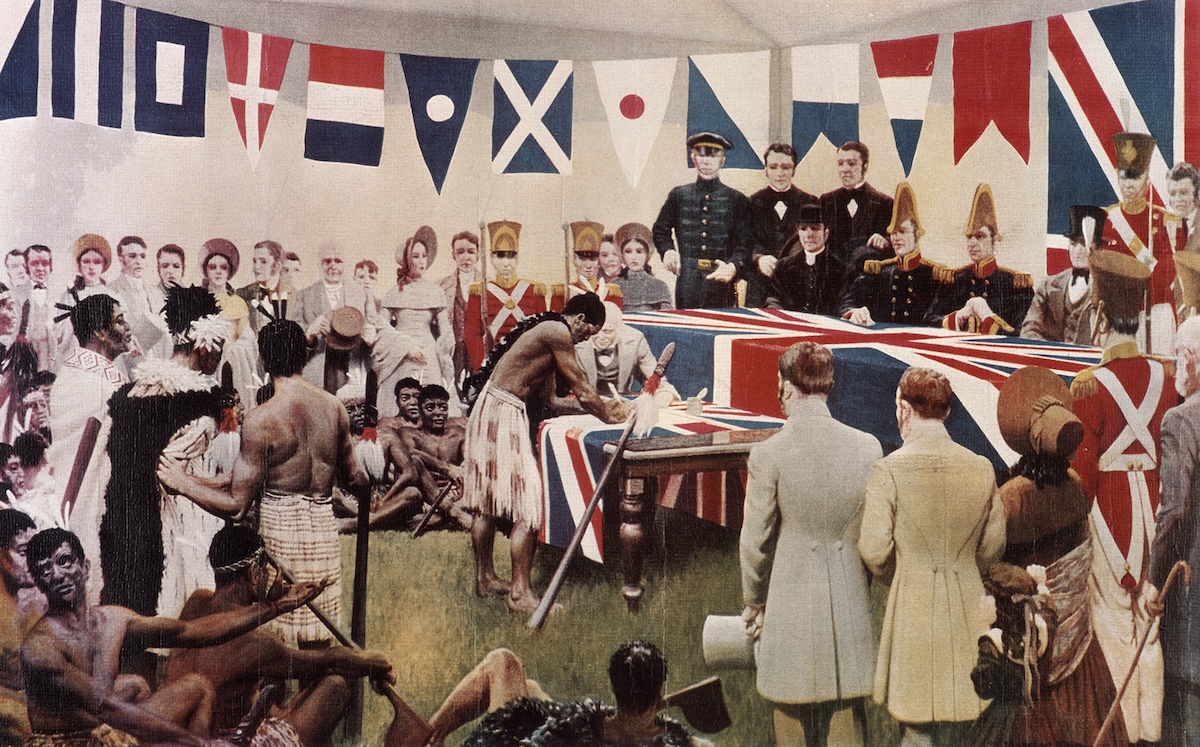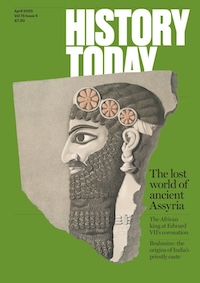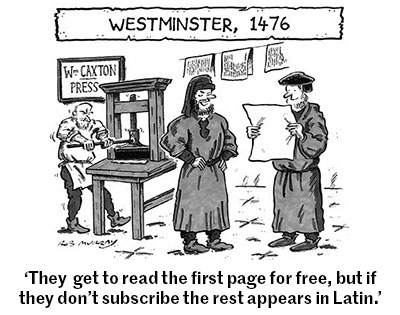Treaties Lost in Translation
Writing treaties in two languages can lead to unexpected problems.

In early May 2019, the Japanese Foreign Minister Taro Kono travelled to Moscow to meet with his Russian counterpart, Sergey Lavrov, to settle an old score. To this day, the Pacific powers have never signed a peace treaty following the Second World War. May’s meeting built on diplomatic efforts made earlier this year by the Japanese Prime Minister Shinzo Abe and the Russian President Vladimir Putin to resolve the longstanding dispute over a remote group of islands known as the Kurils. For 70 years, Russia has occupied the chain’s four southernmost islands, which Japan claims as part of its integral territory. February of this year marked the 25th time the two heads of state have met to reconcile the territorial tiff.
At the heart of this disagreement are the very things that are intended to prevent or resolve conflict: treaties. In the case of the Kuril Islands, several treaties and their subsequent translations have fuelled tensions. A look at other treaty translations – or mistranslations – from history illustrates why the Russo-Japanese conflict is so difficult to resolve.







